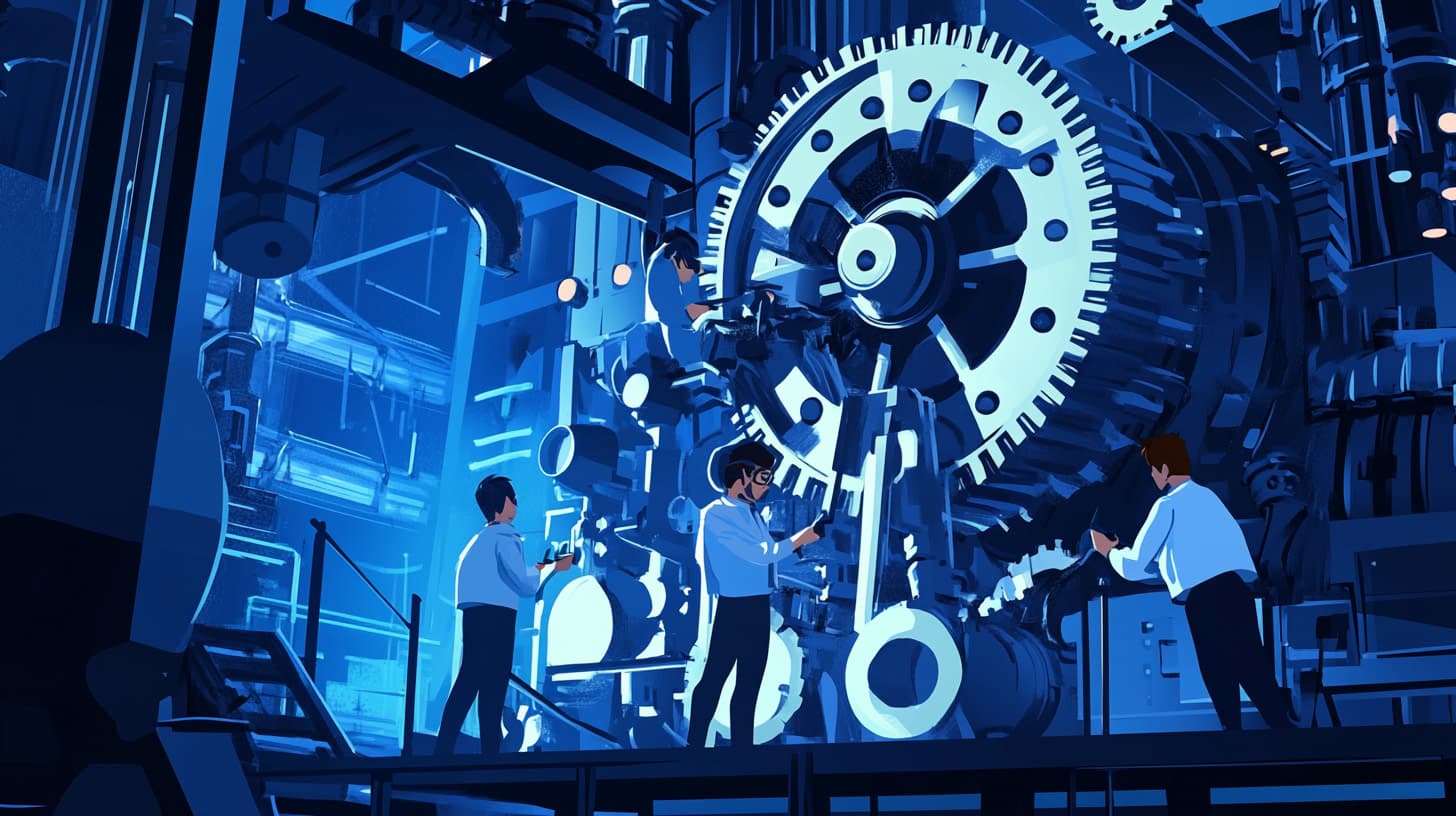Why Your RAG Pipeline Is Failing: 5 Common Pitfalls and How to Fix Them.

Retrieval Augmented Generation (RAG) has simplified the construction of better answering systems. It maximizes the value that can be extracted from unstructured data. But, just because that is what RAG is supposed to do does not mean it will do so.
The construction of a beneficial and fitting RAG pipeline can be challenging. However, it enables businesses to use their data and gain powerful insights. While it is a game-changer in the meaning-making field of AI it can still be challenging. Here is a guide that helps you combat challenges when it comes to RAG pipelines. Let’s help you troubleshoot and course-correct.
1. Inadequate Data Cleaning
The most common reason for a RAG pipeline to fail is dirty data. The pipeline is supposed to take raw data, refine it, and then use it for its outcomes. If the data is too irrelevant, inadequate, misleading, or contradictory, issues will occur. This is exactly why one of the first steps of building an RAG pipeline requires a thorough data cleanup.

Dirty data will introduce errors into the pipeline. It will compromise the results. The system will get confused and produce inaccurate or unusable results. You need an accurate transformation of your data into vector search indexes. Clean up your data and try again. Clean data will give you the insights and decision-making support your users are looking for.
In order to do this remove duplicates from data. Find and fill in any missing values. Remove any inconsistent entries. Finally, ensure everything fed to the pipeline is actually relevant to the cause. Remember, clean data will produce reliable insights. That is exactly what you need.
2. Lack of Data Normalization
Now another popular culprit is data normalization, or a lack of it. If your data is in different formats, you will see this problem at some point. Your pipeline needs data in a unified and readable format. Without that, you are looking at difficulties for the pipeline to handle data. It may be prone to errors, inefficiencies, and scalability issues without data normalization.
Pipelines fail if they don’t produce value. Confusing data is usually the reason for that. To fix this issue implement data normalization procedures. Transform the data into a standard format. Standardization will help your pipeline understand everything and then use it all to generate insights. No more confusion then.
3. Inefficient Data Retrieval
Sometimes, RAG pipelines fail because they are not able to retrieve data efficiently. This can mean slower results. It may mean delays, breaks between generated responses, or inefficiencies. A fully functional pipeline that lives up to the expectations will be fast. In order to do that optimize your data storage and retrieval methods.
An unsuitable storage might be weighing your pipeline down. See if that is the issue, however, there is a high chance that storage might not be the only issue. It is always possible to improve your recall methods. Sometimes that could be the only thing you need to fix. For this, you can try to implement better indexing strategies and optimize database queries. Using optimized data structures will help as well. Better retrieval will lead to timely insights.
4. Insufficient Training of the Model

Now, a lack of training may also be one of the factors that weigh your pipeline down. If the model you use is high quality, you will see success. If there are inadequacies of training in the model then accuracy will be compromised. For this invest time and effort in training your model.
Feed your model with high-quality data. Tune its parameters. Test your model with tricky questions and see how it responds. You will notice areas of improvement. Improving them will help you build more accuracy into your model. The transformation of the data into vector search indexes will improve. Better insights will be generated and the overall decision-making of the pipeline will improve. Train your model on a recurring basis to overcome new issues. Don’t hesitate to get user feedback and then work around it. Rigorous testing helps here.
5. Lack of Continuous Monitoring and Maintenance
Another reason why some pipelines fail is because of a lack of upgrades and efforts in maintenance. Aim to monitor it after its deployment. Check regularly, sometimes issues go unnoticed and then escalate over time. Prevent failure by incorporating checkpoints at each stage of the journey. And, then some after the construction journey is complete.
Try to enhance its performance and tweak it for the users as you go. This will make your pipeline more useful, time-enduring, and therefore, much more successful.
It is not uncommon for RAG pipelines to fail. There are common pitfalls that are known to RAG builders that come in between the success of the pipeline. Avoid them by ensuring no stone is left unturned. Aim to improve data cleaning, data normalization, data retrieval, and training of the model. Continue to monitor and maintain. By following these steps, get the pipeline to deliver accurate and timely insights. These steps will help you adjust your pipeline so your users get to enjoy it to its fullest potential.